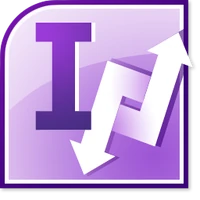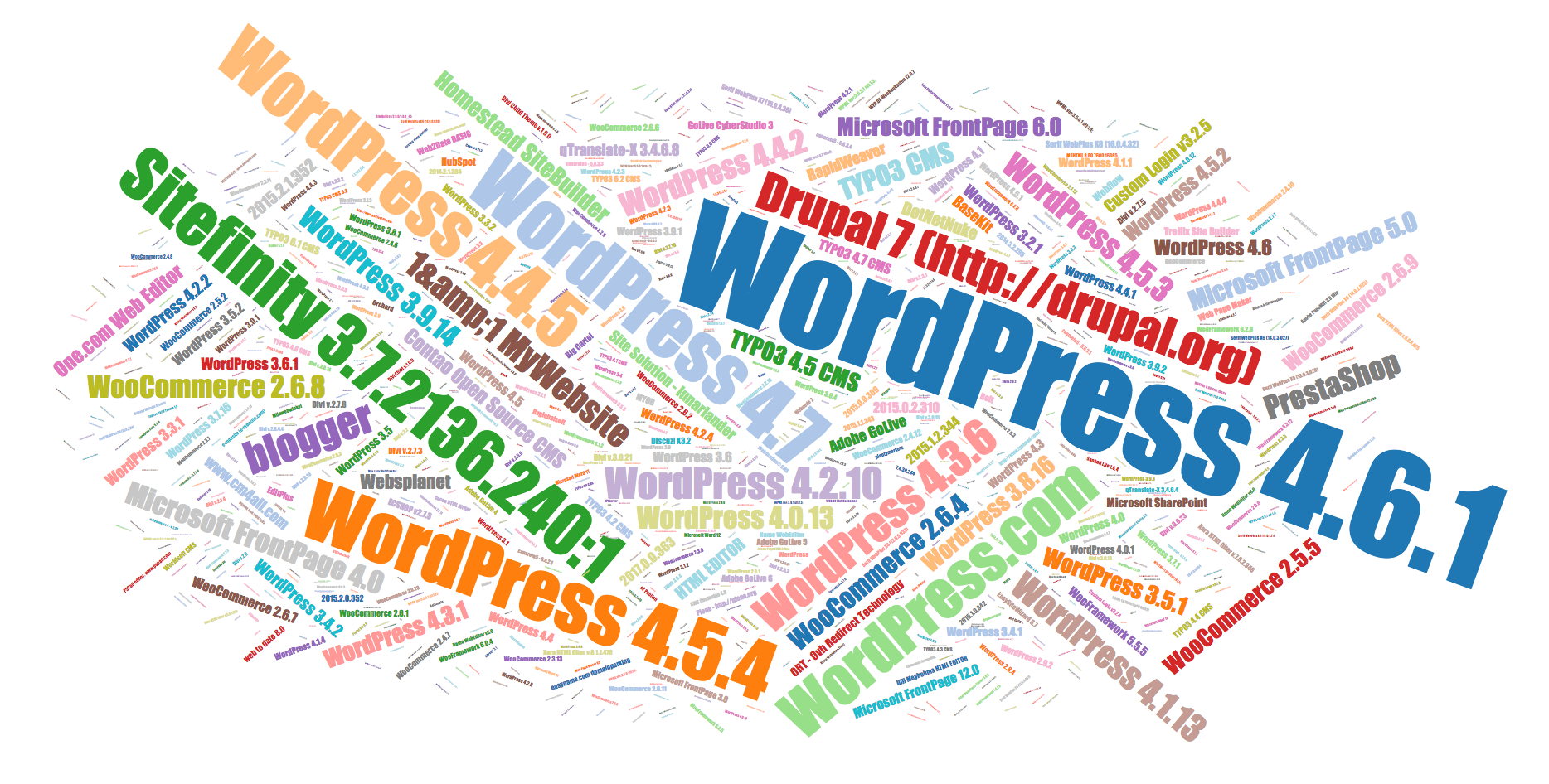- Microsoft Frontpage 2015 Product
- Microsoft Frontpage 2015 Free
- Microsoft Frontpage 2014
- Microsoft Frontpage 2015 Free
- Microsoft Frontpage 2016
- Microsoft Frontpage
Microsoft frontpage free download EDUC 275 has an Expression.Embed a PDF Document Into Microsoft Word - Online PC Learning. Word file to a PDF the hidden PDF file will not be included only the image of the front page.Microsoft FrontPage is a full featured HTML editor. A Web site is a. Link to Download (Update 2018) & SERIAL KEY:Key:WFDWY-XQXJF-RHRYG-BG.
Overview
Microsoft Office FrontPage is a Commercial software in the category Internet developed by Microsoft.

It was checked for updates 503 times by the users of our client application UpdateStar during the last month.
The latest version of Microsoft Office FrontPage is 11.0.8173.0, released on 02/18/2008. It was initially added to our database on 10/29/2007. The most prevalent version is 11.0.8173.0, which is used by 81 % of all installations.
%2C445%2C286%2C400%2C400%2Carial%2C12%2C4%2C0%2C0%2C5_SCLZZZZZZZ_.gif)
Microsoft Office FrontPage runs on the following operating systems: Windows.
Users of Microsoft Office FrontPage gave it a rating of 4 out of 5 stars.

Write a review for Microsoft Office FrontPage!
Microsoft Frontpage 2015 Product
| 12/12/2020 | MindManager_5_033900_0 21.0.261 |
| 12/12/2020 | RazorSQL (OSX) 9.2.7 |
| 12/12/2020 | Fake Voice 7.254 |
| 12/12/2020 | Kate's Video Toolkit 8.254 |
| 12/12/2020 | RazorSQL 9.2.7 |
with UpdateStar freeware.
Microsoft Frontpage 2015 Free
| 12/09/2020 | Updates for Chromium-based browsers available |
| 12/09/2020 | Foxit Reader update availabe |
| 12/08/2020 | Adobe updates Lightroom and Prelude |
| 12/07/2020 | New WinRAR 6.0 available |
| 12/03/2020 | New version of Thunderbird available |
- » office software as frontpage
- » microsoft office frontpage magyar
- » microsoft frontpage ingyenes letöltése
- » microsoft frontpage do pobrania
- » microsoft frontpage für win 10
- » front page chomikuj
- » microsoft frontpage client 7.0
- » frontpage 2003下載
- » front age
- » mcsg frontpage
There's an old saying in Silicon Valley: 'nobody ever got fired for using Amazon Web Services.' And among SV startups there are three business models that are en vogue: get bought out by Facebook, get bought out by Google, and get bought out by Apple.
Typically missing from this conversation is anything to do with Microsoft. Sure, it's one of the largest IT companies in the world; sure, it has a huge cloud platform of its own; sure, it has popular and capable development tools, but ya know, it's just not very cool, is it?

Microsoft's successes—and it certainly has them—tend to feel rather corporate. Take Azure. It's probably behind only AWS in terms of customers and adoption, but generally when Microsoft talks about how widely Azure is being used, the company normally talks about the number of Fortune 500 customers, and it doesn't get more uncool and boring than that.
And so it's AWS that seems to be the cloud platform of choice among new companies. While Azure outages are starting to be felt, it's still AWS outages that cause popular new services to break, not Azure ones. When those same companies build new apps, it's always iOS that they care about, with Windows, and even Android, as secondary or tertiary considerations.
But Microsoft is changing, and one might almost think that it were a deliberate effort to court a market that's seen as not just trendy but trend-setting, a hotbed of innovation.
The language is starting to change a little. At its Azure event in San Francisco (where else?) last year, on top of the surprising statement that 'Microsoft (heart) Linux,' those Azure numbers gained a little diversity. Yes, Fortune 500 got a mention. But CEO Satya Nadella also told the world that 40 percent of Azure revenue was coming from startups and Independent Service Vendors. The message: it's not only chosen by suits and megacorps. It's a little bit cool.
AdvertisementLikewise, the decisions to open source .NET and make Visual Studio a cheaper and more versatile development environment are things that appeal to a different kind of computer user—one that previously might very well not have had a great deal of interest in Microsoft or its products. A Microsoft that's not reflexively opposed to developing for other platforms? A Microsoft building great tools that you can use on other platforms? That's a little bit cool.
Excitement around hardware such as the HoloLens augmented reality headset, and even the much more open and humble approach being taken to the development of Windows 10, similarly make Microsoft look a bit more interesting, a bit more innovative, a bit more cool than it once did.
Other recent moves show that the company is more overtly courting the world of startups. Last year, Microsoft bought startup Acompli for $200 million. Acompli has developed an Outlook-style mail, contacts, and calendaring app for iOS and Android which has already been transitioned to use the Outlook branding. Today it was announced that Redmond has bought Sunrise, developer of an iOS and Android calendaring app, with the price rumored to be $100 million.
These purchases do more than just bolster Microsoft's mobile software offerings and in-house talent pool, though both of these are important. They give Microsoft some startup cred. Sure, both Acompli and Sunrise are still a little corporate in nature; they're business productivity apps, after all. But they're nonetheless products of the startup community, and in buying one or both of these companies, Microsoft is sending a message: 'hey, we're an exit strategy. Build a hot mobile app and we're paying attention, and we'll heap money on you. So don't forget about us!'
That courtship of the world of startups was stepped up earlier this week with the announcement that the Winter 2015 batch of Y Combinator-backed startups, and future batches, will be given $500,000 of free credit on Azure. Typically, Y Combinator backs around 40 to 50 companies in each batch, making an investment of $120,000 in each company in return for a 7 percent equity stake.
AdvertisementMicrosoft's involvement with Y Combinator means that it's going to be able to get its foot in the door with a ton of young companies, some of which will turn out to be the next Dropbox or the next Airbnb.
Software isn't the only place where Microsoft is trying to catch the eye of the startup community. The prevalence and popularity of Apple hardware in San Francisco is such that the iPhone and MacBook Air or Pro are practically the startup developer's uniform. PC hardware spent many years in the doldrums, with an abundance of undesirable systems and few machines able to match the price or quality of Apple's systems.
Microsoft Frontpage 2014
But these days, PC hardware has become a lot better and a lot more interesting. Systems such as the new Dell XPS 13 are eye-catching and compelling. Microsoft has been pushing to improve PCs with its Surface Pro line. With the Surface Pro 3, in particular, the company has a PC that is kinda cool. A PC that people want to check out, that sparks interest in what Microsoft is doing.
Microsoft Frontpage 2015 Free
Why does Microsoft care? The dividends aren't going to be immediate. Sure, some of those Azure users will turn into paying customers, and some of the companies it buys might well become core businesses. It will continue to sell Surface Pro 3s.
Microsoft Frontpage 2016
But the broader benefit is more important. With these actions, Microsoft is working to ensure that it's relevant with a developer community that thus far hasn't paid it a whole lot of attention. It's telling that community 'We can build great platforms, we can build exciting hardware, we're worth paying attention to.' In turn that should mean that this community is more willing to build for Microsoft's platforms and be compatible with its products. It's a mindshare play.
Microsoft Frontpage
And that, in turn, should help the company with its app gap problem. It's not going to solve it, of course, and the effect won't be overnight. But getting the startup world thinking about Microsoft, and caring about what Microsoft is doing, has got to be a part of the solution.